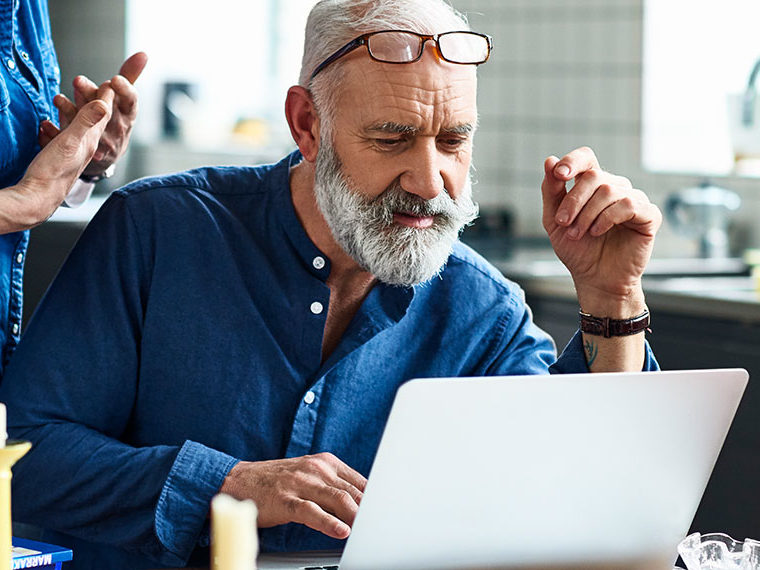In a model, cultural differences matter as much as geography, institutional distinctions or capital constraints
Capital — and the equipment and other productivity-building tools it buys — is allocated unevenly around the globe. And over time that accounts for a good deal of the disparity in economic output and standard of living between developed and lesser-developed countries.
And yet, those lesser-developed countries offer the potential of higher investment returns, as many industries there are still in nascent form and many workers yet to be outfitted with training and tools to maximize the value of their labor.
What if capital flowed across borders unimpeded, seeking the highest returns regardless of the culture, institutions, physical distance or laws that currently restrict capital flows? That’s the question taken up in a working paper by University of Maryland’s Bruno Pellegrino, Tufts University’s Enrico Spolaore and UCLA Anderson’s Romain Wacziarg.
Opt In to the Review Monthly Email Update.
The researchers build a model of global foreign investment — both direct investment such as building a factory in Mexico and portfolio investment such as owning shares in a foreign company — where it originates and where it ends up. They measure how four factors — cultural differences, institutional differences, geographic distance and rules that restrict capital flows — reduce foreign investment. And then they use the model to estimate how, absent those impediments, the world economy might grow, how capital would be more equally matched to workers and how disparities in output, and by implication income, would be substantially lessened. They do so using data on 72 countries, or 2,556 distinct pairs, representing 93% of world GDP.
The authors wonder: “If we could hypothetically set to zero all intermediation costs associated with physical, cultural and institutional distances between countries, and let market forces reallocate capital, how would the sum and the cross-country distribution of output change?”
There’s no flipping a switch to make all this happen, of course, but the paper accomplishes two things: Its model quantifies four major causes of frictions in foreign investment, and it holds out a mighty incentive to reduce those frictions, estimating our global economy is 8.8% smaller under current investment conditions than it would be absent frictions (or, doing the math in reverse, how 2017’s $112.7 trillion world economy would have been 9.6% larger, or $123.5 trillion.)
Factors included in the model:
- Cultural distance: The model uses answers to 98 questions from the World Values Survey around these topics: perceptions of life; environment; work; family; politics and society; religion and morality; and national identity. Similarity in values and beliefs makes trading and investing across borders easier and the model suggests frictions from cultural distance alone reduce world GDP by 2.4%.
- Geographic distance: Some international investors staff a foreign operation entirely with locals, but even then, visits from owners can be frequent, and others dispatch large numbers of home-country managers to run a foreign operation. Even some passive investors like to kick the tires. It’s all costly and time-consuming. The authors use distance between country pairs to capture geographic friction. World GDP is estimated to be 1.8% lower than it would be without this impediment.
- Institutional distance: Doing business across currencies, the authors note, raises transaction costs and adds foreign exchange risk to any investment. Without similar legal systems, contracts are harder to enforce, raising investment risk. And the lack of a dual taxation treaty between nations — so investors can avoid being taxed twice — also discourages investment. The model suggests these factors combined reduce world GDP by 1.5%.
- Capital controls: The authors mostly rely on prior research that developed a measure of inward and outward openness of countries, incorporating 10 legal impediments to cross-border money flows. The model suggests capital controls reduce world GDP by 1.3%.
The impediments, in addition to reducing world GDP, cause disparities in capital per employee, a key measure of productive capacity, to be 70% higher than in an impediment-free world, the authors estimate. And disparity in output per employee, which drives individual income, is 39% higher.
The authors estimate that Zimbabwe and Uganda, for instance, in a world without impediments to capital flows, could see capital per employee double and income per worker increase by more than 50%.
“Of course, policymakers cannot directly eliminate geographic distance,” the authors note. “And, even if they could directly affect cultural distance, they probably should not for ethical, political and economic reasons —including, for instance, the fact that geographic and cultural diversity across societies may have a positive impact on potential gains from trade, growth and innovation. However, there can exist policies that reduce the effect of geographic, cultural and institutional distances on intermediation costs — for example, policies that facilitate travel, communication and intercultural exchanges.”
Featured Faculty
-
Romain Wacziarg
Professor of Economics; Hans Hufschmid Chair in Management
About the Research
Pellegrino, B., Spolaore, E., Wacziarg, R. (2020). Barriers to Global Capital Allocation.






